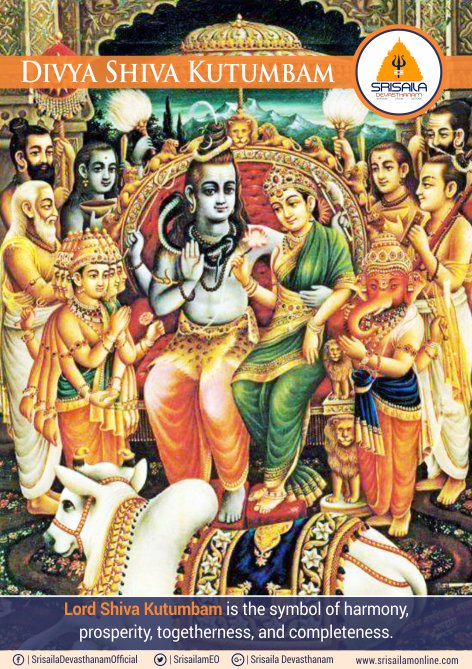
In the past few centuries, some overlapping styles of embroidery evolved and gave it its present form.Ĭourt embroidery – This type of work was created during the Mughal period. This style absorbed influences of the Ari chain-stitch embroidery of the Mochis and also spread to other communities in Saurashtra. Heer Bharat or silk floss darning constituted a major part of this style, combined with herringbone stitches and geometric patterns.

It was called the Kathipa style of embroidery. In Saurashtra, the Kathis were believed to be the first practitioners of embroidery. Distinct designs of each tribe or caste is passed down with very little changes or modification. The Kutch – Saurashtra belt has slowly grown to be known as the richest source of folk embroidery. Throughout the 17th century, Gujarat was most probably the most important centre for fine commercial embroidery in the world. For example in ‘Kashmiri embroidery’, the satin stitch is borrowed from China and the ‘Phulkari’ resembles the embroidery of Baluchistan. Various influences from other cultures have blended into the Indian embroidery patterns due to invasions or trade. Newer ideas and expressions evolved with factors like the Mughal invasion and nomadic tribes that certain types of embroidery came to be characteristic of a particular region, community and tribe. As time passed, inexpensive material were used instead of gold, precious stones and pearls and were incorporated into embroidery to make it approachable for the common man. Until the European Industrial Revolution, India was the foremost centre of textile production and trade with many different branches of Indian embroidery being invented.Įmbroidery being intricate, artistic and beautifully elaborate was used by the emperors and kings of yore as a mark of royalty and wealth. Greeks, Romans, Persians and Chinese traded precious metal and silk for colourful Indian cotton. There are many textiles samples from the Mughal courts. The oldest surviving specimens of Indian embroidery are the two pieces made for Jain nuns around 5th or 6th century. These came to India only with the arrival of the Persians and the Mughals. They are adorned with bands filled with designs such as checks, circles and even patterns of animals like geese and lions. Veils, scarves and various tunics were decorated using embroidery. The ‘Stupa of Sanchi’ and the ‘Frescoes of Ajanta’ show that the craft of embroidery had reached artistic excellence during the Buddhist Renaissance. ‘ Megasthenes’, the Greek ambassador to the court of King Chandragupta Maurya in the late 4th century mentions the beautifully gold embroidered attires of muslin fabric. Ancient relics such as bronze needles and figurines from the ancient ruins of Mohenjo Daro of the Indus Valley civilization also talk of the presence of embroidery as an expression of the people. The art of embroidery in India is evidenced in the Vedic literature of 5000 BC. Hence, the women became his devotee and these women from different communities and from several parts of the country brought many artworks and embroidery as a gift for Krishna and this is why so many types of embroideries can be found in Gujarat. When an evil demon attacked the kingdom, he fought with the demon and saved thousands of families. This is also leading to the formation of self-help groups.Īs per the legend prevalent in the region, Lord Krishna once lived here. They have been contributing to the growth of small scale industries especially in the city of ‘Savarkundla’ in the ‘Amreli’ district. This has provided a stable source of income to craftswomen.

With time, the intricate work and captivating beauty of the embroidery craft has taken it from rural homes to the more urban markets. In the ‘Kutchi’ embroidery, the primary objective is to lavish the bridal trousseau whereas the ‘Saurashtra’ embroidery is mainly used for decorating their homes. The embroidery of this region is vibrant and its variety is well known.


 0 kommentar(er)
0 kommentar(er)
